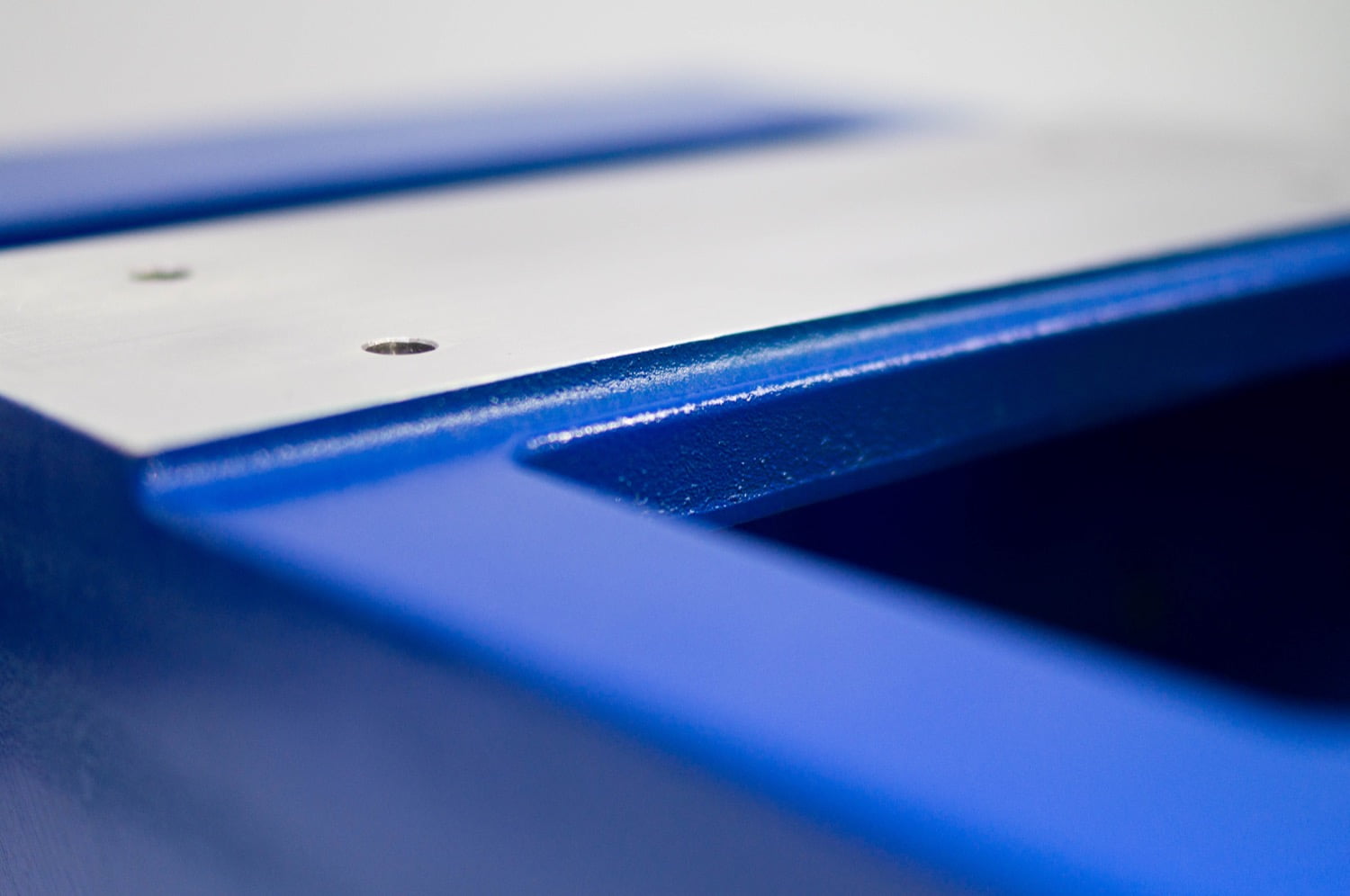Published - 13th Jun 2017

Finishing is the process used to prepare cast components for industrial use. In this next series of blogs, we will be taking a more detailed look at five widely used finishing techniques – painting, alochroming, anodising shot blasting and shot peening.
Painting gives components exceptional wear and corrosion resistance and a good surface finish. The two main techniques used at Haworth Castings are powder coating and wet painting.
Powder coating is one of the most popular finishing techniques that has been in use since the 1950s. It is employed on a whole host of products found all around us, from household goods, such as washing machines, through to aluminium windows, tractors and cranes.
Powder coating is a ‘dry’ process that produces a hard-wearing surface finish. The part is first thoroughly cleaned to remove any surface grease, oil, dust or other contaminants. It can be pre-treated with phosphates or chromates to enhance the durability of the finishing coating.
Next, finely ground particles of powdered paint pigment are sprayed onto the surface of the component using an electrostatic spray gun. These particles are attracted to the part using the electrostatic charge. The part is then heated in a curing oven to melt the powder and form a hard, durable skin.
Powder coatings are available in a very large range of colours and they can produce varying textures, depending on the requirement and end use.
These coatings offer higher levels of abrasion and wear resistance than wet paint finishes – due to the thermal bonding involved. They also produce thicker coatings than liquid paint and a more even surface finish.
Importantly, powder coatings offer many environmental benefits over liquid paints as they do not contain solvents and release little or no volatile organic compounds (VOCs) into the atmosphere. The materials can also be recycled.
Although the initial set-up costs can be higher than wet paint techniques, powder coating offers long-term benefits with lower maintenance costs.
Using this process, liquid paint is sprayed onto the surfaces of the casting in a coloured pigment suspended in a solvent. While it is being sprayed, the part is rotated to ensure full coverage.
The casting is generally pre-treated with a primer to enhance the protective effects.
Wet spray painting offers several advantages over powder coating. It is particularly useful for parts that cannot be heated for powder coating. Furthermore, it can produce a thinner finish. Finally, wet painting is more economical for small production runs due to the relatively small set-up costs.
The choice of technique is determined by our customers’ requirements and we can advise on the best approach for your project.
If you would like to find out more about our finishing techniques, please call us today on +44 (0)1794 512685 or email us: sales@haworthcastings.co.uk
If you have a project, talk to our experienced sales team
Contact us